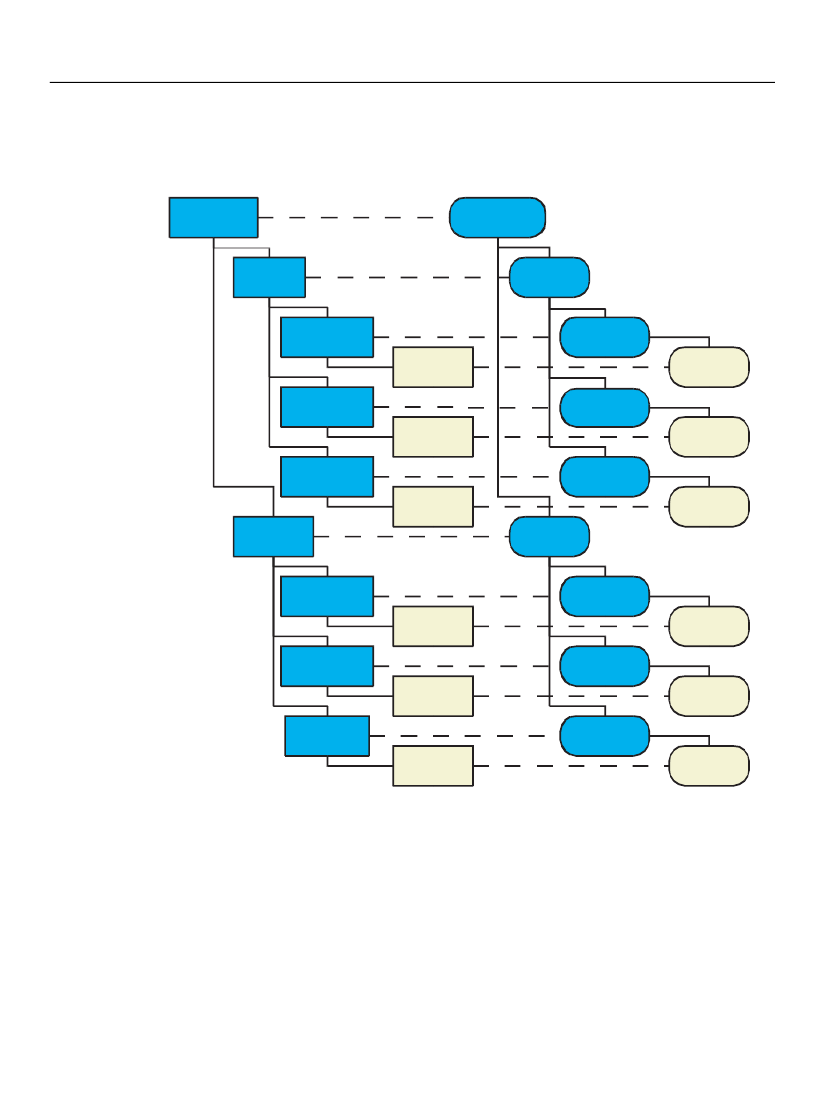
XFA Specification
Chapter 8, Dynamic Forms
Data Binding for Dynamic Forms
266
The following figure shows the Form and Data DOMs that result when the above template is processed
through the data binding process without data. The Template DOM has been omitted to save space.
Form DOM
jointFiling
Data DOM
jointFiling
spouse[0]
spouse[0]
employer[0]
empName
“”
employer[1]
empName
“”
employer[2]
empName
“”
spouse[1]
employer[0]
empName
“”
employer[1]
empName
“”
employer[2]
empName
“”
spouse[1]
employer[0]
empName
“”
employer[1]
empName
“”
employer[2]
empName
“”
employer[0]
empName
“”
employer[1]
empName
“”
employer[2]
empName
“”
Effect of the initial properties of nested subforms
When the
initial
attribute is not supplied, this property defaults to 1. Note that the root (outermost)
subform in a template must have its
initial
property defaulted or explicitly set to 1.
This property is ignored when merging with a non-empty data document. It is also ignored when the
object to which it applies is the child of a subform set and the subform set enforces a
choice
between
children.
The max property
The
max
property determines the maximum number of copies of the subform or subform set that may be
included in the Form DOM as siblings during a non-empty merge. Once this number has been reached the